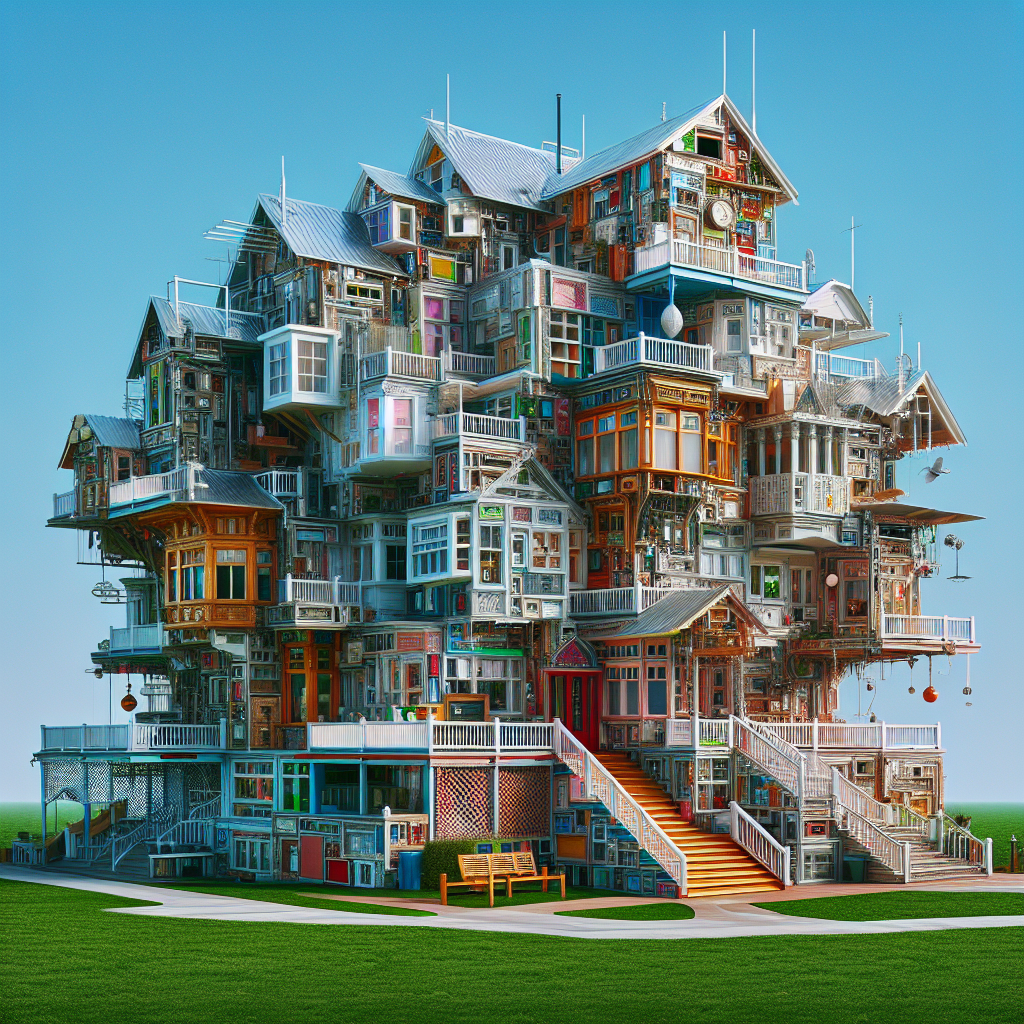What happens when art and violence collide in the twisted mind of a killer? "The House That Jack Built," directed by Lars von Trier, provides a brutal yet fascinating exploration of this chilling concept. The 2018 film stars Matt Dillon as Jack, a disturbed architect and serial killer who recounts five horrifying episodes of his murderous career to an unknown figure named Verge, played by Bruno Ganz. Set against the backdrop of the Pacific Northwest, Jack's twisted narrative challenges both the stomachs and moral compasses of its viewers.
This isn't just a horror film—it’s a dark dive into human psychology and the philosophy of evil. Lars von Trier, known for his provocative style, constructs the film like the work of a deranged artist, questioning the nature of art, morality, and insanity. The film’s portrayal of violence is intense and unfiltered, a reflection of von Trier’s fearless approach to filmmaking. While some viewers might see this as a gratuitous display, others argue it speaks to the chaotic nature of Jack’s mind and the worlds he creates.
Now, you might wonder why such a gruesome film would attract attention. After all, it’s not every day you want to sit through a 155-minute tour of terror. But "The House That Jack Built" pulls audiences in with its compelling narrative structure. The non-linear storytelling, coupled with von Trier’s cinematic techniques, keeps the audience engaged and disturbed. Each of Jack’s killings is framed as a work of art, forcing viewers to wrestle with the uncomfortable notion that creativity and monstrosity might share the same canvas.
From a political standpoint, the film poses challenging questions about what society perceives as acceptable narratives in art and cinema. As a politically liberal writer, I must admit, there’s a tension here. The liberal paradigm often leans towards the belief in the goodness of humanity, opposed to von Trier’s stark pessimism. However, it’s crucial to engage with opposing viewpoints, understanding that art sometimes mirrors the darkest parts of our society. Von Trier's controversial style makes us confront the limits of our tolerance for violence in media.
The film sparked notable controversy at its Cannes premiere. Audiences walked out due to its harrowing scenes, a reaction that von Trier perhaps anticipated. After all, art that doesn’t provoke can lose its punch. For a generation accustomed to quick debates on platforms like TikTok and Twitter, "The House That Jack Built" offers a slow burn, both critiquing and reflecting on modern malaise and desensitization.
Still, there's an underlying question: Should filmmakers like von Trier have the freedom to push boundaries this far? In a world increasingly supportive of safe spaces, as a liberal thinker, one might argue that such films test a healthy balance between artistic freedom and social responsibility. Yet, there's also value in critiquing the narratives that are presented. When does pushing the envelope turn into glamorizing the grotesque? Jack builds his "house" with each kill, but are we, as viewers, unwitting architects of a culture that normalizes this? They’re questions that have no easy answers.
For those willing to confront this nightmare, Dillon’s performance brings Jack to life with a chilling precision that remains long after the credits roll. He embodies Jack’s disturbing charm and warped logic, making viewers question their own empathy for such a character. It’s like empathizing with the villain in a horror story, which in itself is a prickly path. Dillon’s portrayal invites a macabre dance between fascination and revulsion.
The film isn't merely about Jack's heinous acts, but also about the societal structures that wittingly or unwittingly allow such behaviors to fester. Is Jack a monster of his own making, or is he a reflection of the chaos around him? Von Trier suggests the boundaries between sanity and insanity are far more permeable than we’d like to admit.
While criticism of the film is valid, it also serves as a reminder that art has always been a medium for difficult conversations. Whether you find "The House That Jack Built" reprehensible or revolutionary, it succeeds in forcing you to examine your own thresholds. Though it’s not a film for the faint-hearted, it rightly claims its place in the cinematic conversation about the intertwining of creativity and morality.
In the end, "The House That Jack Built" is an intense odyssey into the mind of a killer that raises unsettling questions about the nature of evil and art. It challenges viewers to confront their limits of discomfort and reflection. It’s a film that critics and audiences will wrestle with for years, dissecting its meaning and impact on both personal and cultural landscapes. Whether you loathe von Trier’s directions or find them strangely refreshing, the discourse it generates is worth its weight in discomfort.

